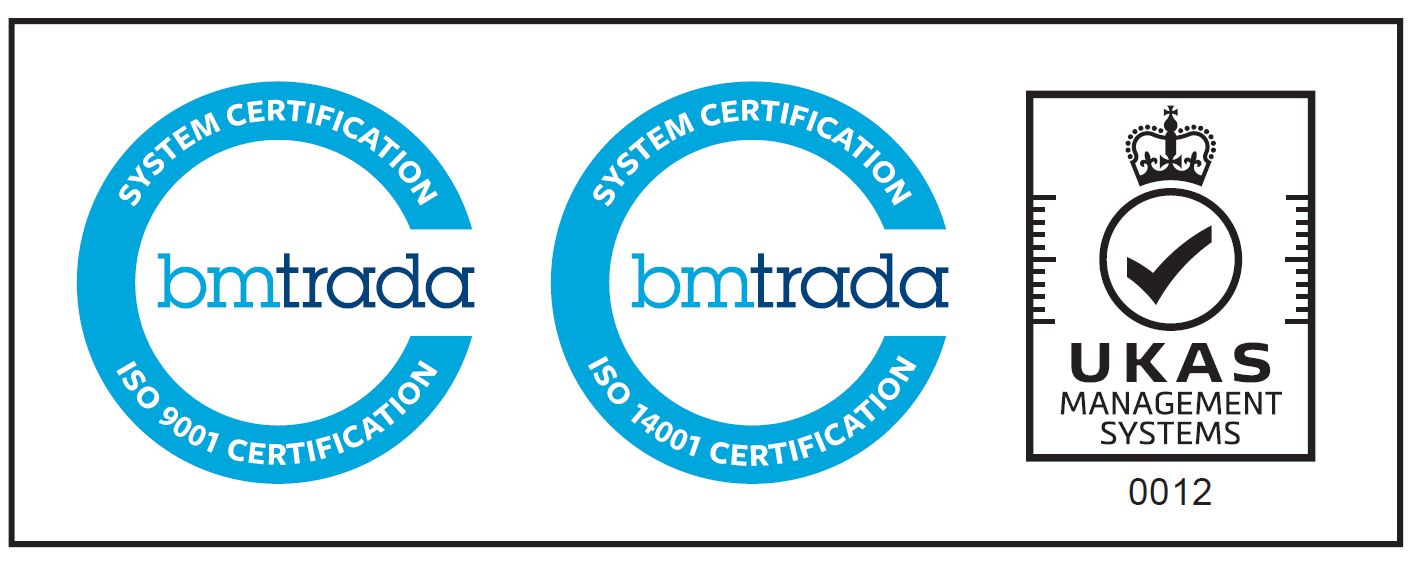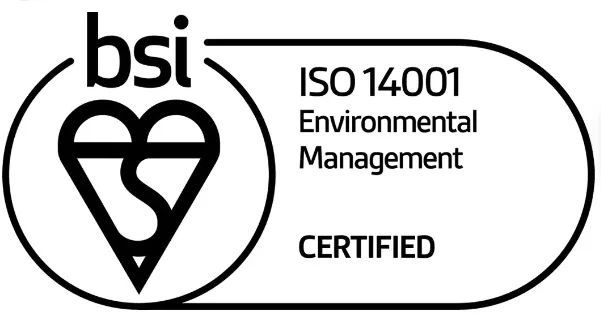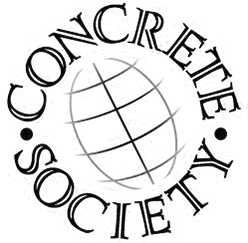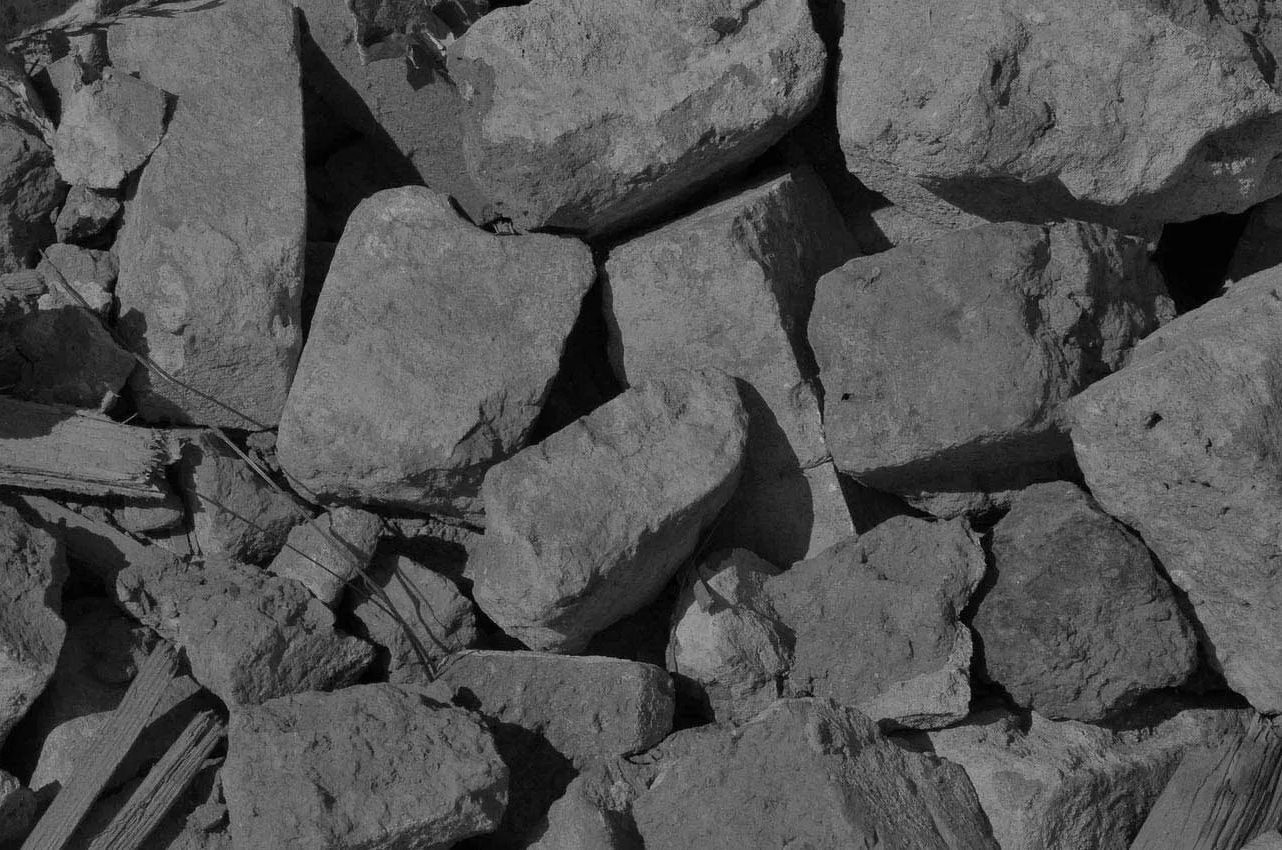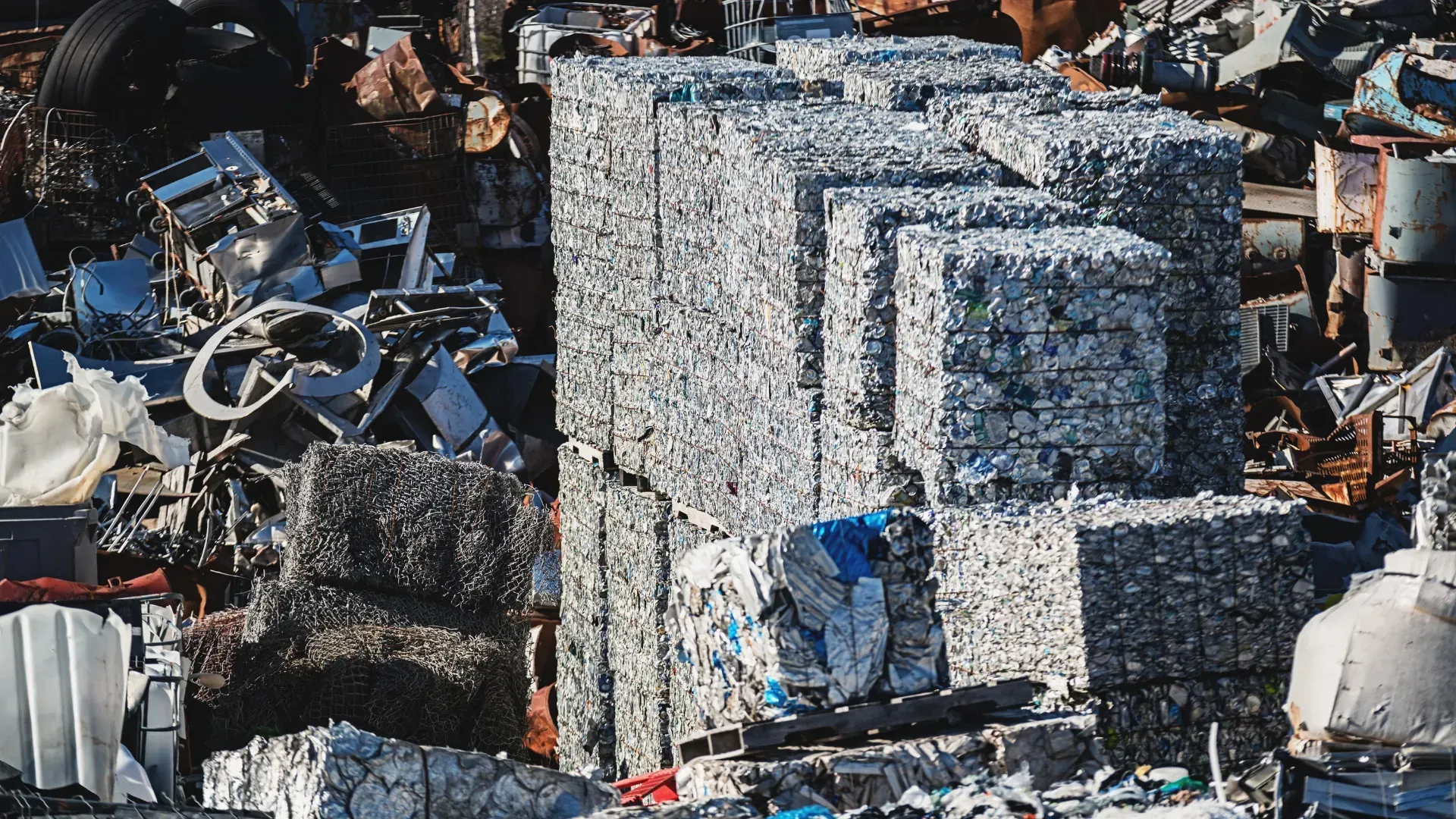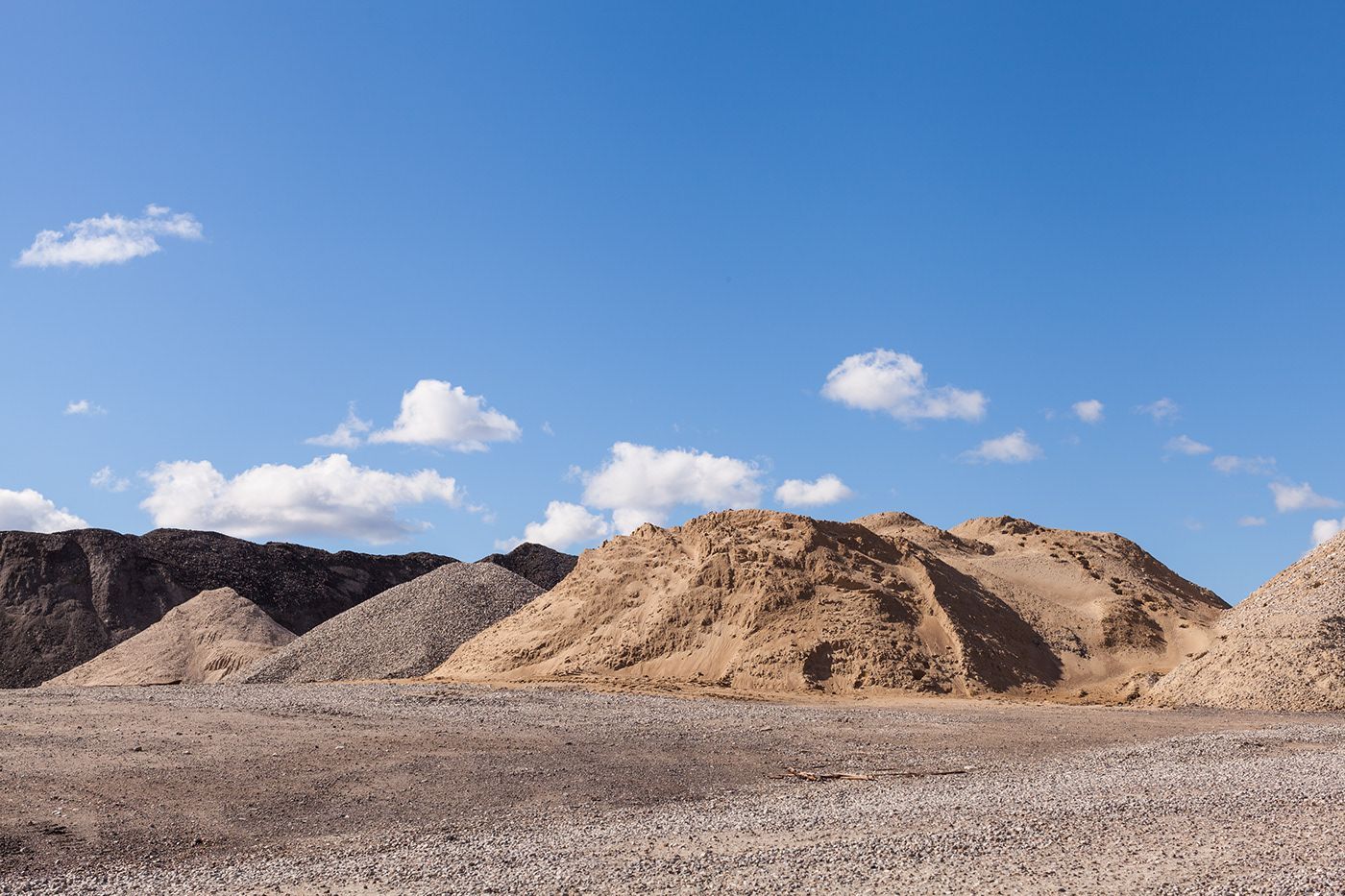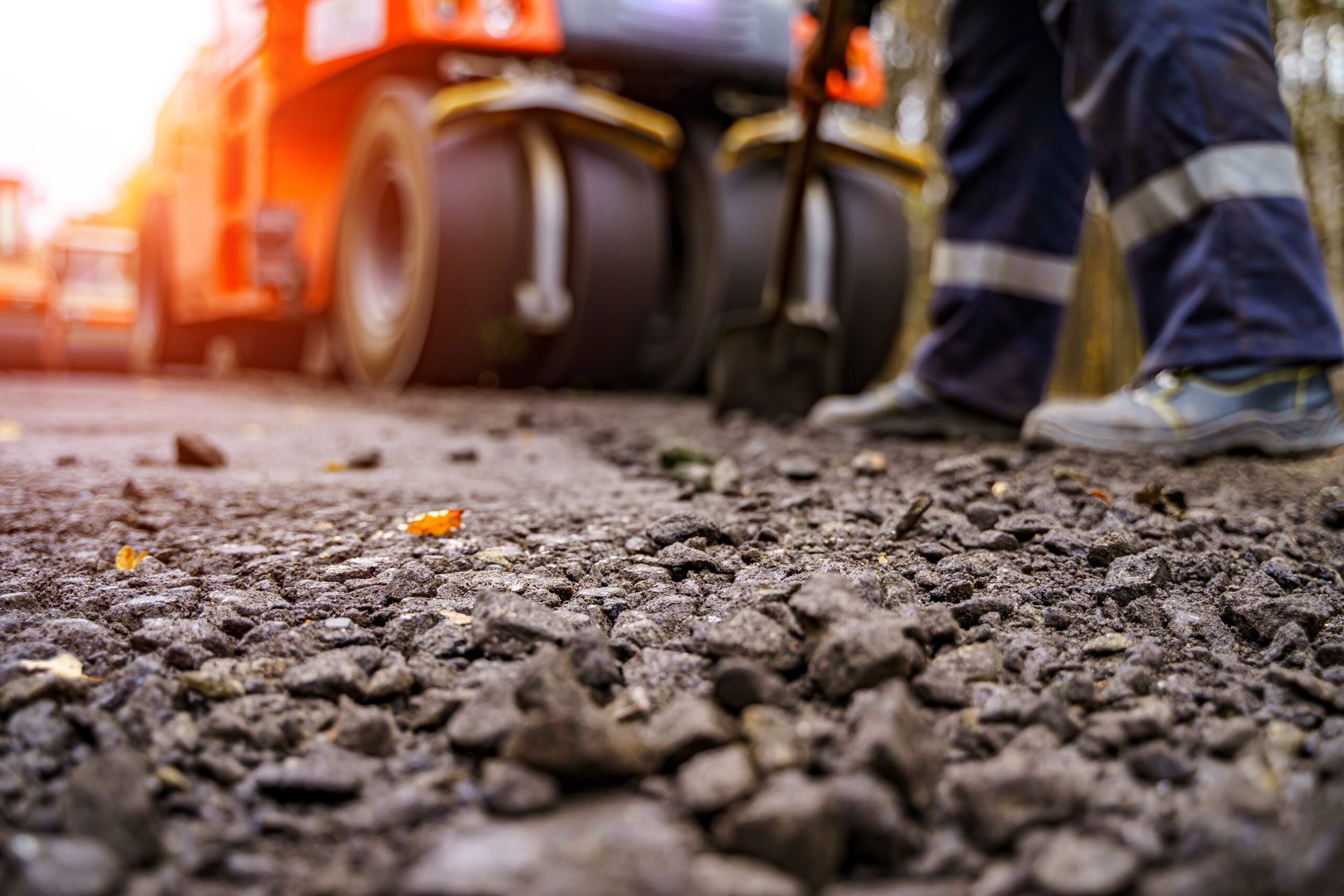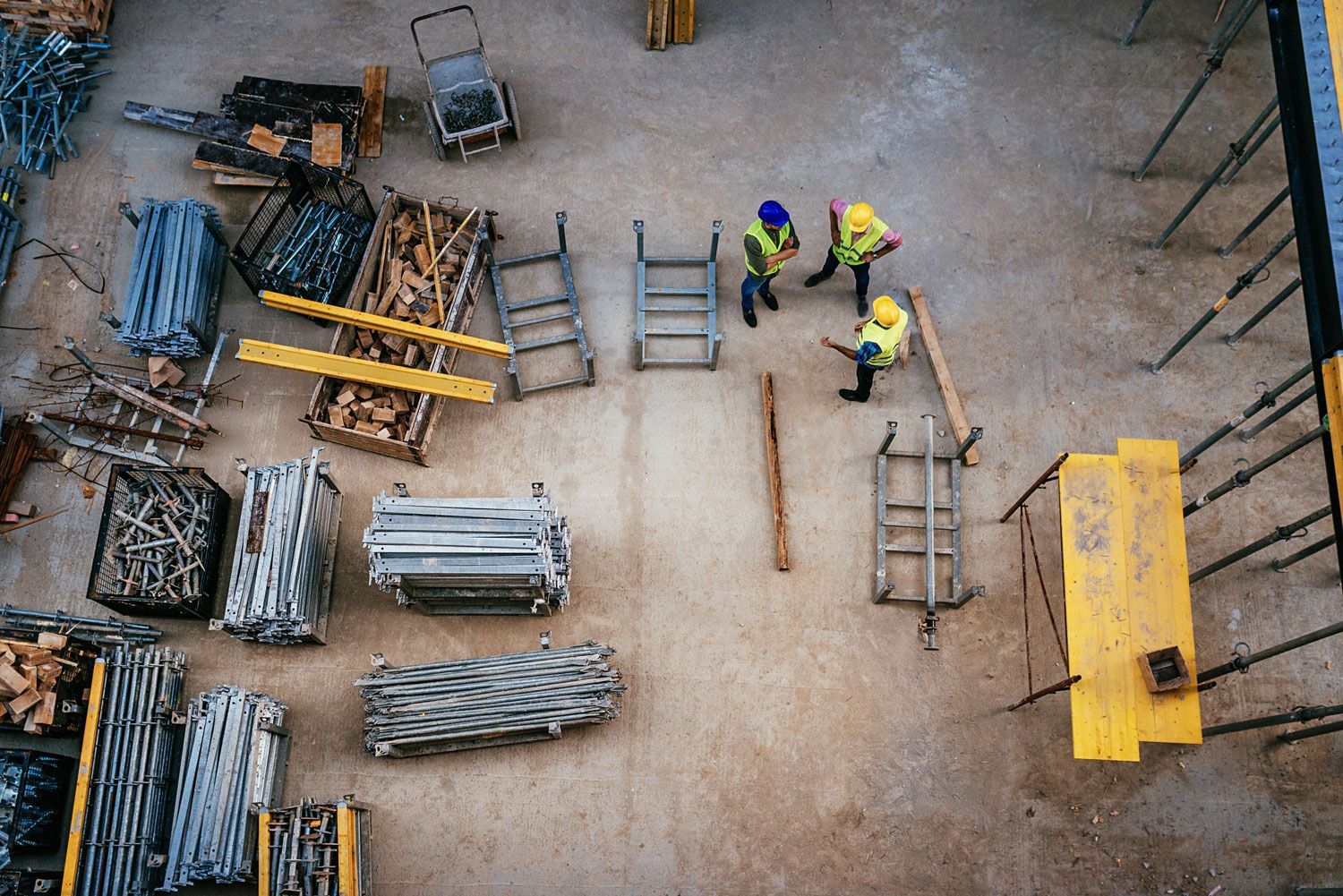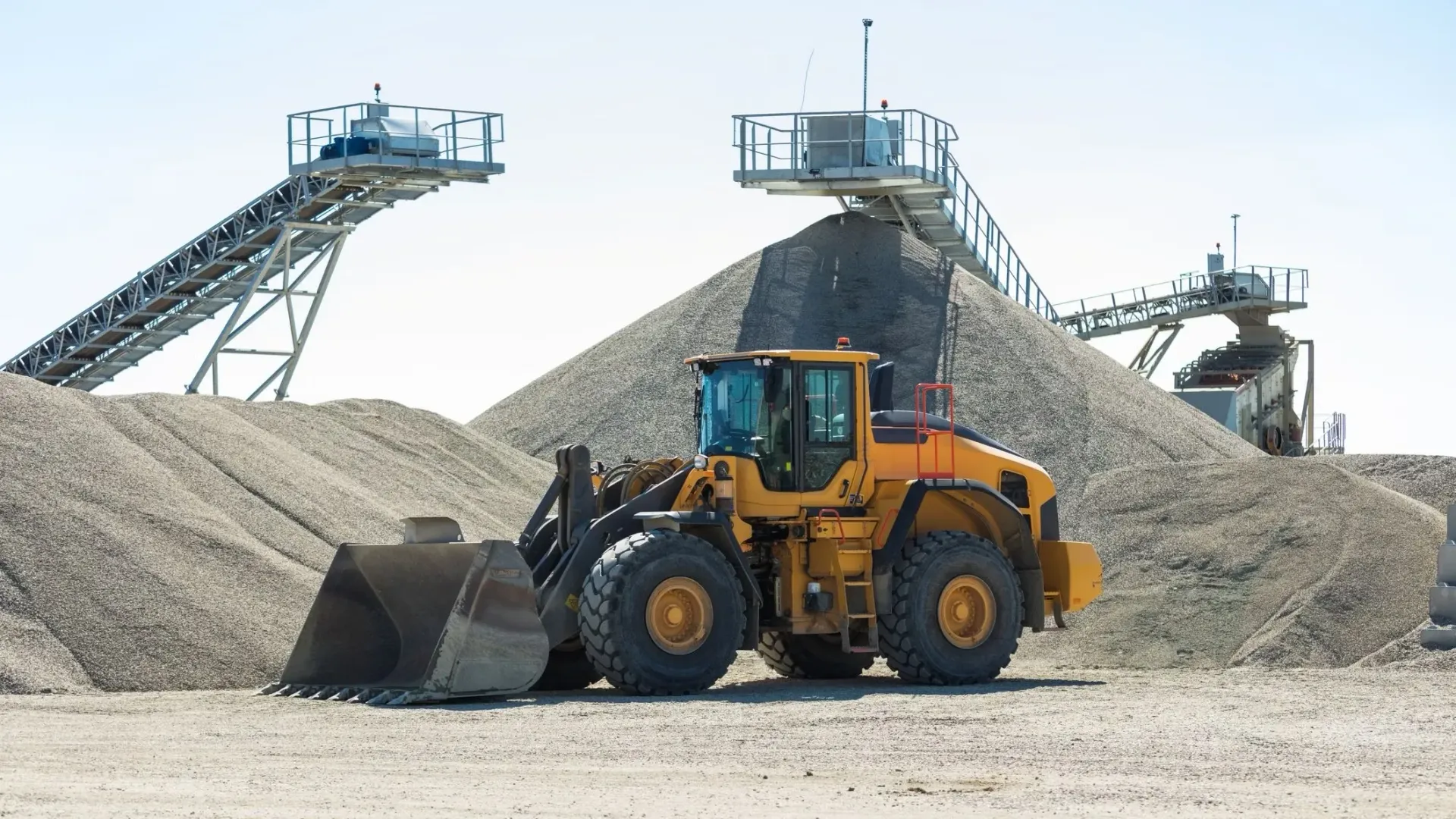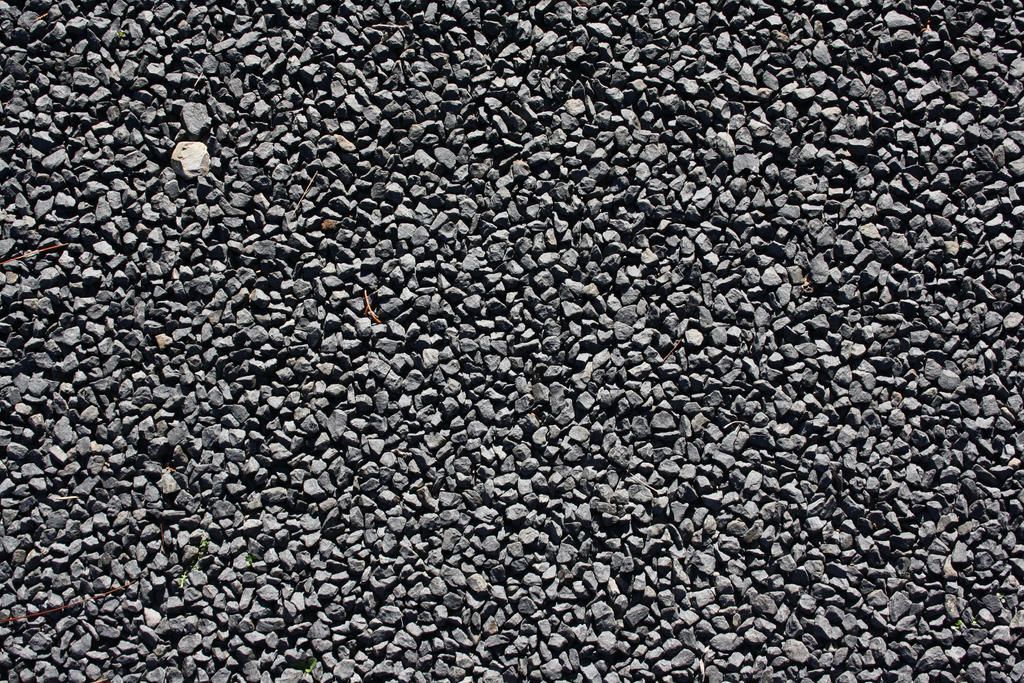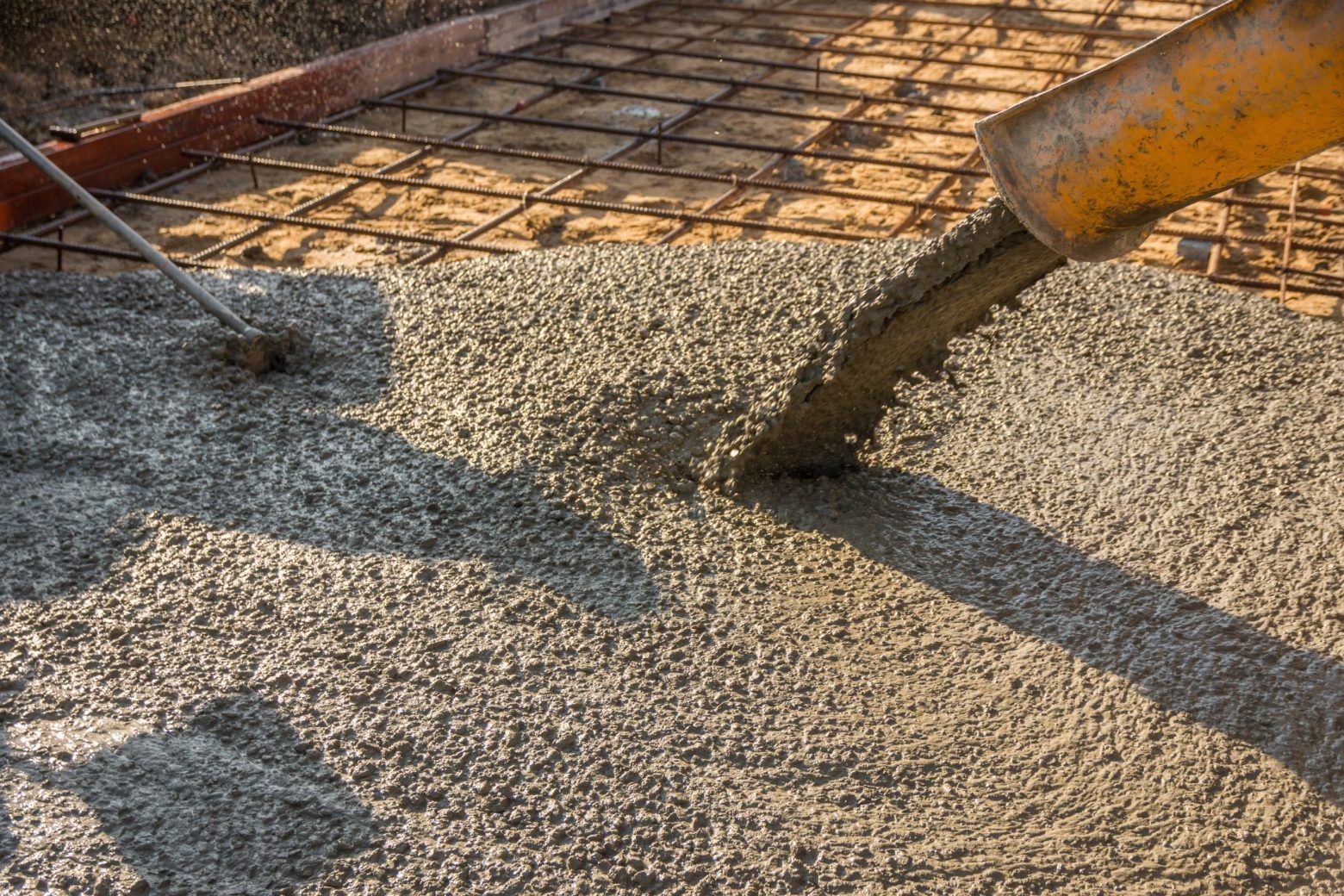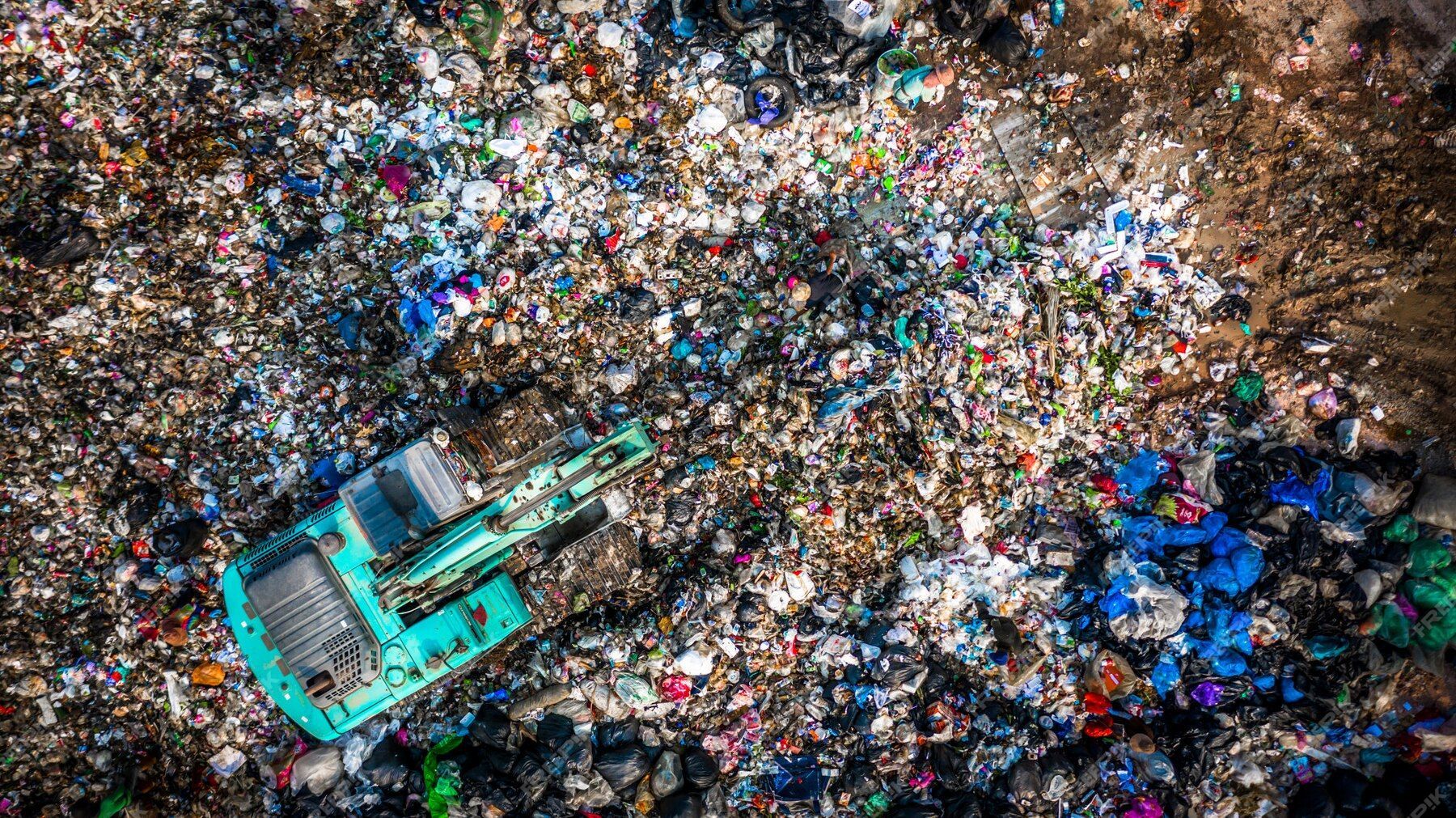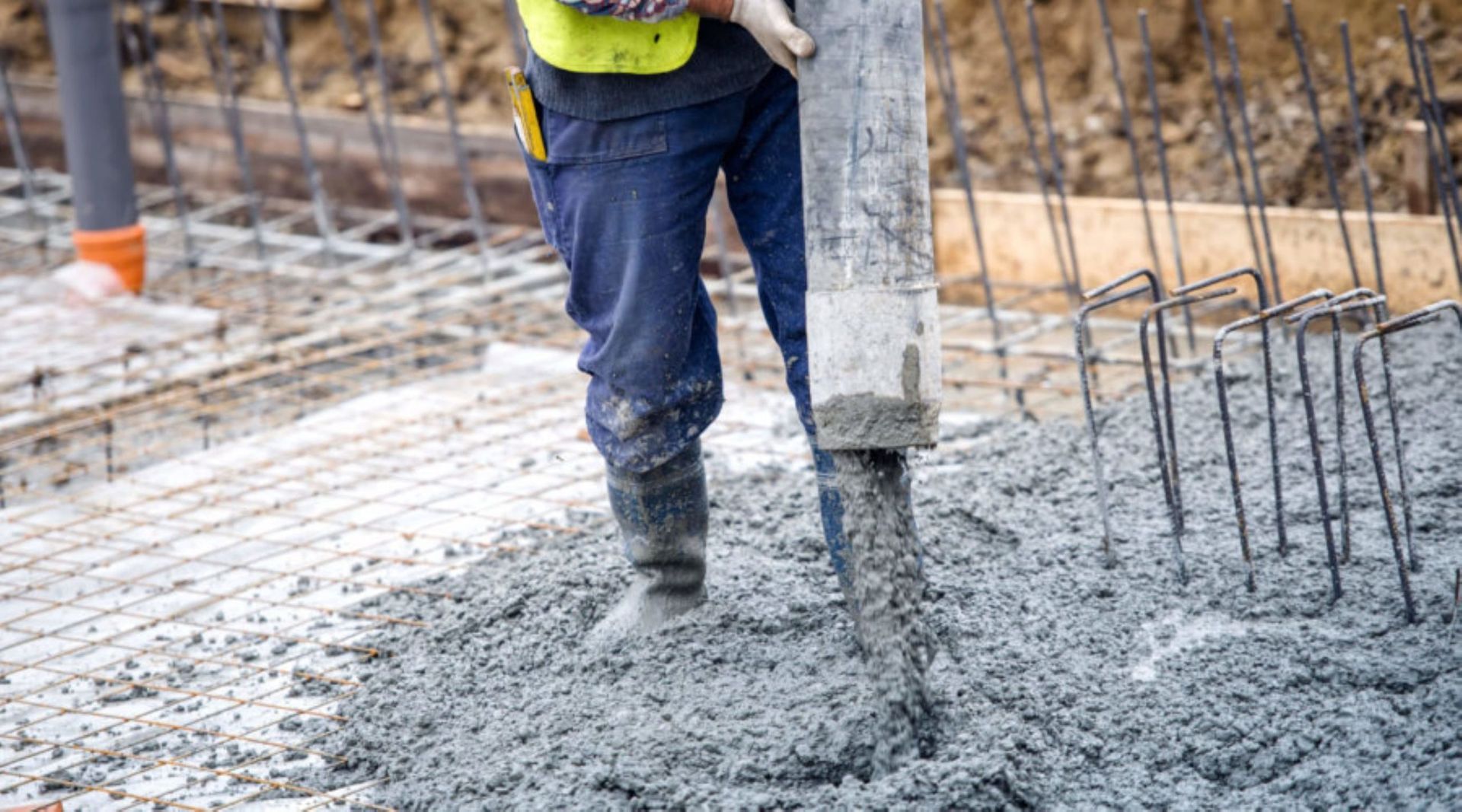How a Landfill is Made
Have you ever wondered what happens to your waste once you get rid of it? The vast majority ends up in landfills, which are large spaces that are filled
with waste collected from people’s homes and businesses. How are landfills made and what can we do to make them more sustainable?
What is a Landfill?
Originally named for the fact that people used to fill up holes with waste, landfills are places to compact and reduce the amount of waste that exists.
Some of it is permanent, such as plastic and metal. Other types of rubbish will compost and decompose over time. With this in mind, the landfill needs
to be designed to provide conditions for removing the waste and allowing it to rot away.
Roughly 45 million tonnes of waste end up in UK landfills every year. This is quite a lot of rubbish and it will just sit there if not managed carefully. It’s important to note that landfills are not meant to simply store rubbish but to help it decompose into something harmless. When managed correctly,
landfills can all but eliminate the amount of waste that is piled into them.
Types of Landfills
There are several different ways to build up a landfill. Since the waste is piling up over time, it’s important to know the differences, since this could affect your decision on which to use.
The two main types are land raising and landfilling. Old quarries are often used for landfills, as they are an existing hole and a scar on the landscape.
These can be filled up with waste in carefully designed layers to reclaim the land.
Land raising does what it sounds like, building up layers of waste over a flat piece of ground. Later, it’s possible to add soil around it, or you can simply continue to expand the mountain of rubbish. This must be done with plenty of planning, to avoid collapses.
Managing Landfills
In the UK, there are both dry tomb and bioreactor landfills. These treat the waste differently to ensure it has a minimal impact on the environment and
the people around it.
Dry Tomb Landfill
This type of landfill is kept as dry as possible to prevent the leaching of toxins into the soil and fumes. There are pros and cons to this method, but everything going into the landfill must be completely dry and the entire waste area is maintained dry. It must be protected to eliminate the possibility of
gas or leaching and to minimise the effects of the rubbish. Unfortunately, this means it takes a long time to break down, due to the dryness. The waste
may last for decades because it is kept dry. There is also the risk of rain or leaks getting in and causing other issues.
Bioreactor Landfill
The opposite of a dry tomb landfill, this one requires certain amounts of liquid, as well as air, to be incorporated into the waste. The aim of this mixture is
to increase the rate of biodegradation and to ensure the waste is broken down as quickly as possible. It works faster, with the waste eliminated within
5-10 years and it produces methane gas, which can be used for energy.
To prevent the waste from leaking into the surrounding soil, bioreactor landfills use liners to create a barrier between the soil and the waste. Within the barrier area, the waste is carefully mixed to boost decomposition in four different stages.
The first stage involves aerobic biodegradation. This means the oxygen must be removed and CO2 introduced to the waste to speed the entire process
up.
Next, methane bacteria will begin to grow as the cellulose, proteins, and fats in the waste begin to break down. It usually takes at least two weeks for
this process to occur.
As the next stage begins, more and more methane gas is produced, as the waste really begins to decompose. In the beginning, a large amount of gas
will be produced, but this tends to level out over time. And in the final stage, the methane is produced by the landfill over the next several years or up to a decade. Of course, new waste being added helps extend the entire process to ensure the landfill is producing steady amounts of methane over time.
It is a legal requirement for modern landfills to protect the environment around them. Since quite a lot of waste contains contaminants, it’s possible for these toxins to leach out of landfill. This must be prevented.
How Modern Landfills Are More Sustainable
It’s impossible to eliminate rubbish completely and it’s not always practical to do so. However, the fact is that much of the rubbish in the world is bad for
the environment and landfills continue to grow and contaminate the area they’re in.
To combat this problem, more and more landfills are taking steps to become more sustainable. Here’s how they’re doing it:
Creating Energy
As waste products break down, they produce methane gas. This can be quite useful for burning and using as energy to power homes and machinery.
Rather than simply allowing the gas to contaminate, the company can make good use of it. However, you do need to have the necessary equipment in
place for this.
Landfills can produce electricity, but they are also helpful in providing the materials for alternative fuels. This could be a sign for the future as more and more people are becoming concerned about the sustainability of our current fuels.
Separating Waste
To help prevent landfills from being filled up with items that will contaminate the environment, drop off sites have been established. These are places
where even hazardous materials can be placed. These are kept separate from other types of waste, as they could contaminate it. The hazardous
materials can then be carefully disposed of.
Another type of rubbish segmentation includes separating out organic waste. Many landfills offer a specific area for items that can be composted.
These tend to release odours and are unpleasant to look at, so there should be an area where waste products can be composted down.
Anything that is recyclable is also pulled out of the rubbish and moved to the appropriate place for recycling. This will depend on the landfill site, as
some can recycle there. Others will ship the products to a recycling centre to be handled there. Recyclables include most plastics, tin, copper, and other metal items, as well as glass.
Land Reclamation
Once a landfill has been filled up, it may be turned into a space that is useful to the local wildlife and residents. In some cases, the landfill may even be solving a problem, such as filling in a strip mine or a quarry. These can leave large marks and unusable holes in the ground, so the ability to fill them in
and then turn the entire area into a park, an area for bike riding or even a wildlife preserve means the land is being put to good use. Not only does it use
up the waste that was otherwise going to pollute the world, but it also turns an unusable area into something much more practical.
Landfills can be dangerous if the toxins reach the groundwater or the soil in the area, but with the proper tools and protective methods, it’s possible to
keep your landfill from destroying the environment. As a consumer and waste producer, it’s also important to select your landfill with care. Find out more about their practices and what they are doing to ensure their landfill is as sustainable as possible.
The most common types of waste include:
Solid municipal waste: This is the usual rubbish produced by households, restaurants, hotels, etc.
Construction/demolition waste: Construction site products may be taken to the landfill, as well, and they include everything from concrete, glass, wood,
and tiles.
Hazardous waste: This waste contains toxins that are considered hazardous and need to be carefully managed to ensure the hazardous waste doesn’t reach the groundwater or soil.
No matter what type of waste you’re getting rid of, a landfill is one of the most likely places for it to end up. You should do your research to ensure the waste removal company is one that focuses on sustainability and recycling.
At
William Thompson & Son, we pride ourselves on selecting high-quality landfills that you will find meet all of your standards. Learn more about our
sustainable landfill site online or
get in touch with us today.
